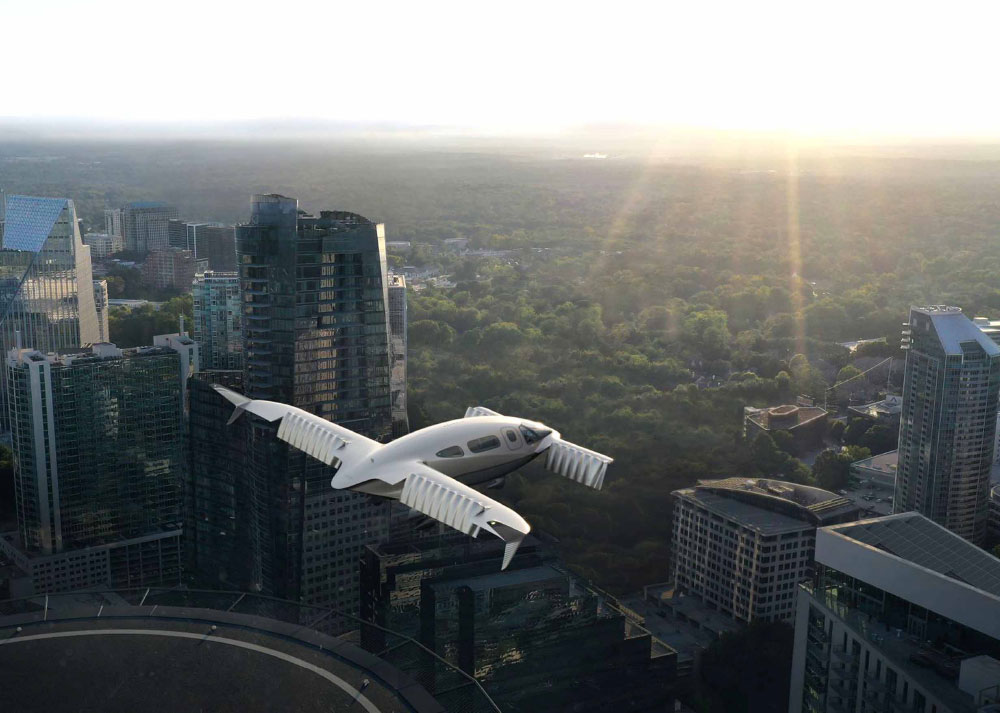


Lilium N.V., developer of the first all-electric vertical take-off and landing (eVTOL) jet, has teamed with Collins Aerospace, to design, develop, and build the Lilium Jet’s inceptors – the innovative sidestick system used by the pilot to control the aircraft. Collins is a leader in technologically advanced and intelligent solutions for the global aerospace and defense industry and a Raytheon Technologies business.
The Lilium Jet inceptors will provide safe and intuitive handling qualities, easy access to functionalities, and an aesthetic, ergonomic design. While integrating all conventional mechanical and electrical flight controls into two sidesticks, the Collins system brings a new piloting philosophy for single pilot operations in the eVTOL realm. The system will also be designed to bring significant space and weight savings compared to conventional sidesticks.
Lilium’s collaboration with Collins continues the company’s strategy of teaming up with established tier one aerospace suppliers to support certification and prepare the industrial ramp-up. As part of the supplier agreement, Collins, with its extensive experience in developing and certifying inceptors for commercial jets, will certify the Lilium Jet’s inceptors to commercial aviation standards.
Yves Yemsi, Chief Operating Officer at Lilium, said: “Our partnership with Collins Aerospace allows us to reap the benefit of five decades of experience in flight deck controls. Our two companies’ collaborative development approach allows us to re-imagine the cockpit and pilot experience, and further strengthens our path towards certification and commercialization.”
“Our extensive experience innovating sidestick design is key when tackling the challenges of redefining the entire flight control philosophy for single-pilot aircraft in this new market of advanced regional air mobility,” said Jean-François Chanut, vice president and general manager of Collins Aerospace Propeller Systems. “This innovating and exciting partnership with Lilium is a first step in defining the right solutions toward more automated, sustainable and safe operations for the future of flight”